One of the most fundamental decisions when investing in a piece of jewellery is selecting the right materials. And gold is always amongst the top choices amongst the myriad options.
But when it comes to purchasing gold, the debate often narrows down to its colour and purity: yellow gold or white gold, and within that, 916 vs 999?
Let’s dive in to understand these variations and help you choose the one that best suits you.
The Colour: All that Glitters is Gold
So, which type of gold colour do you consider – white or yellow gold?
Nothing shines quite as brilliantly as yellow gold when it comes to the radiant allure of gold. Whether set in a minimalist design or a more elaborate piece, the vivid yellow of gold is distinctive, making it a favourite for those seeking a statement piece.
On the other hand, the timeless charm of white gold is also hard to overlook. Its bright lustre offers a modern, sleek, and versatile aesthetic appeal. Its cool, neutral tone can harmoniously blend with various other colours and materials, making it a staple in many jewellery collections. It’s perfect for those who adore contemporary designs or seek an effortlessly chic metal that can transition seamlessly from day to night.
Gold Purity: Understanding the Numbers
Next, you need to consider the purity of gold, which is its actual gold content. This is often measured in karats (often denoted as ‘kt’ or ‘k’).
As gold’s natural form is soft and malleable, it’s more susceptible to dents and scratches if one isn’t careful. That’s why this material is often mixed or alloyed with other metals, such as copper, zinc, or silver to enhance its strength and durability.
For instance, 24 Karat (24K) represents 999 gold, which means it’s 99.9% gold and mixed with only 0.1% of other metals. Meanwhile, 22 Karat (22K) or 916 gold consists of gold mixed with 8.4% of other metals, resulting in a composition that’s 91.6% pure.
916 Gold vs 999 Gold
Here are some of the differences between 916 gold and 999 gold.
- Composition: 916 gold contains 91.6% gold and 8.4% alloying metals, while 999 gold is almost pure gold with 99.9% gold content.
- Appearance: 916 gold is less radiant than 999 gold, which showcases a radiant, bright yellow colour.
- Durability: 916 gold is more durable than 999 gold due to the inclusion of alloying metals. Meanwhile, 999 gold is softer and more malleable.
So, which type of gold should you choose for your jewellery? Here are three factors to consider so you can make an informed decision.
1. For Everyday Elegance
If you’re looking for jewellery to wear daily, 916 gold might be your best bet. Their added durability ensures they can withstand the rigours of daily activities.
Meanwhile, 999 gold is only recommended for special occasions rather than daily wear. For example, Si Dian Jin, a customary Chinese wedding jewellery gift from the groom’s family to the bride, is typically gifted in 999 pure gold, echoing the pure wishes and the sanctity of the occasion.
Check out our Si Dian Jin guide online for all you need to know about the tradition.


2. For Investment
The allure of gold as an investment has been celebrated for centuries. Historically seen as a hedge against inflation and economic downturns, it’s no wonder many investors continue diversifying their portfolios with this precious metal.
However, purity plays a pivotal role when it comes to investing in gold.
If you’re buying gold as an investment, 999 gold is the way to go. Its high purity indicates that you’re investing in a metal that is nearly 100% gold. That’s why most classic gold bars and gold coins are made of pure 999 gold. They are more liquid, easier to trade, and have a universally recognised value.
Wish to add some personality to your investment pieces? Check out SK Jewellery’s square gold bars like the Abundance 999 Pure Gold Bar (2G) and gold figurines like the Mickey & Minnie Dragon Playground 999 Pure Gold Plated Figurine that come in a range of auspicious and commemorative designs for all occasions.

3. For Balancing Your Budget
Lastly, navigating the world of jewellery often means balancing one’s desires with the practicalities of budget. Whatever the colour, 916 gold and 999 gold come with their price tags, which can significantly impact the decision-making process.
916 gold is more affordable than pure 999 gold jewellery due to its greater mixture of other metals. However, this doesn’t diminish its value or appeal. Rather, it makes it a more attainable option for a larger audience – an excellent choice for those just starting their jewellery collection, looking for more pieces to accessorise different outfits, or seeking thoughtful yet budget-friendly gifts under $200 or under $500.
In contrast, 999 gold is a premium metal. While 999 gold jewellery can be viewed as an investment, it might not always be within everyone’s budget, especially for larger pieces.
If you’re leaning towards999 gold but are constrained by budget, consider the weight and design intricacy of the piece. For instance, a delicate gold pendant like a personalised Alphabet A-Z 999 Pure Gold Pendant might be more affordable and significant than a chunky gold bracelet. SK Jewellery even offers an affordable Si Dian Jin collection for brides.
While budget is a critical factor, it’s essential to choose a piece that you truly love and resonates with you, whether it’s 916 gold or 999 gold. After all, the emotional value and joy a piece of jewellery brings can be priceless.
Make the Right Choice With SK Jewellery
As a pioneer in the world of pure gold jewellery in Singapore and beyond, SK Jewellery seamlessly marries tradition with modernity, employing cutting-edge technology and impeccable artistry to craft unmatched 916 and 999 pure gold jewellery and keepsakes.
























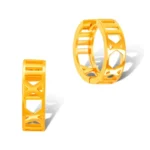


















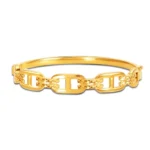
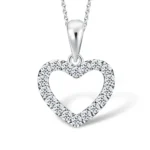
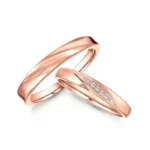
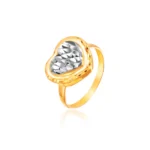
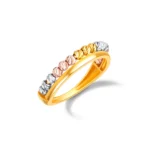
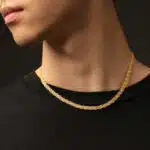
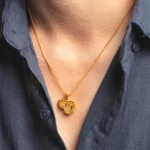
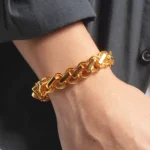

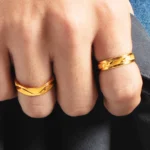









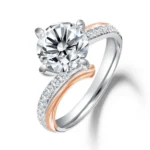





























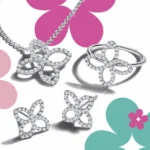









 Singapore
Singapore









